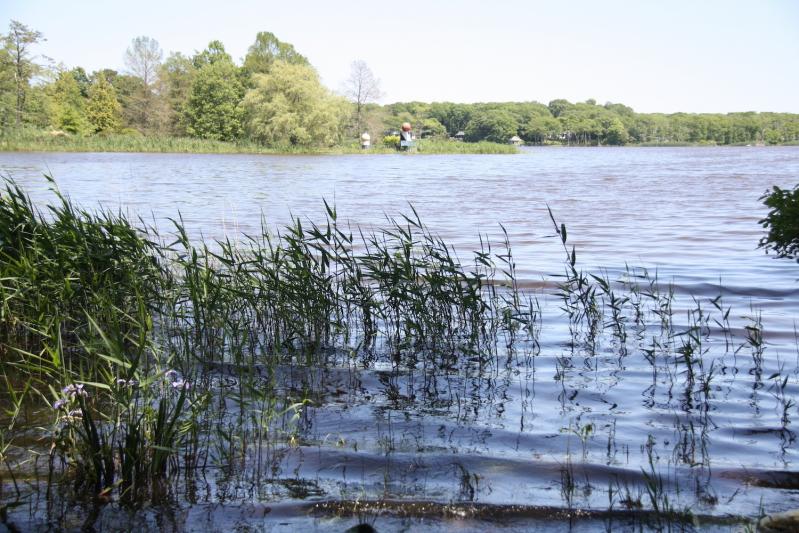The East Hampton Town Trustees and Suffolk County have advised the public that a bloom of toxic cyanobacteria, or blue-green algae, has been detected in Georgica Pond, posing a threat to public health.
Analysis of surface water samples taken by the Stony Brook University “has confirmed a new cyanobacteria bloom in Georgica Pond,” the trustees wrote in a notice posted to their website. “Officials advise residents to avoid using, swimming, or wading in the pond. Please keep pets and children away from the area as well.”
Though cyanobacteria are naturally present in lakes and streams in low numbers, they can become abundant, forming blooms in shades of green, blue-green, yellow, brown, or red. They may produce floating scums on the surface of the water or cause the water to take on a paint-like appearance, according to the county.
The pond was beset with annual blooms of cyanobacteria starting in 2012. The Friends of Georgica Pond Foundation was formed, and a campaign to encourage residents surrounding the pond to replace aging septic systems with new, nitrogen-reducing models was launched. The trustees, who have jurisdiction over the pond, granted permission to deploy an aquatic weed harvester, which has removed macroalgae over several summers, including this year, before its decomposition could promote blooms of cyanobacteria. The efforts have paid off, with the pond free of cyanobacteria in recent years.
Contact with waters that appear scummy or discolored should be avoided. If contact does occur, one should rinse off with clean water immediately. The public is advised to seek medical attention if symptoms such as nausea, vomiting, or diarrhea, skin, eye, or throat irritation, or allergic reactions or breathing difficulties occur after contact.
Along with Georgica Pond, the county announced that a cyanobacteria bloom has been detected in Old Town Pond in Southampton.




